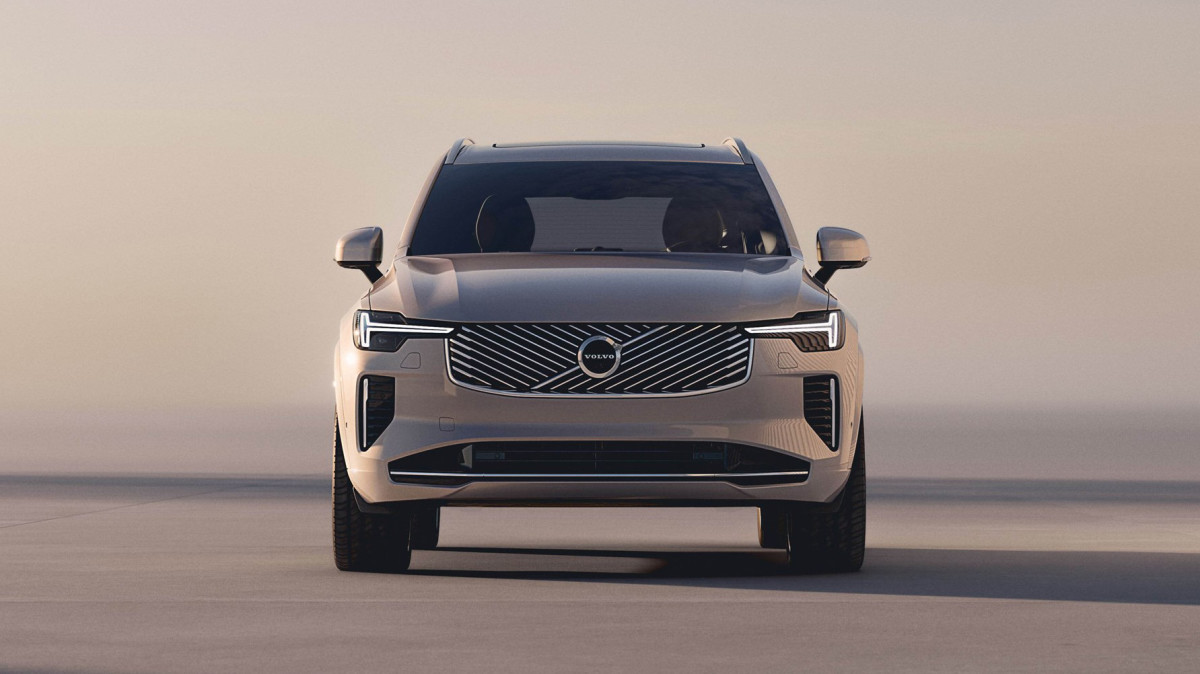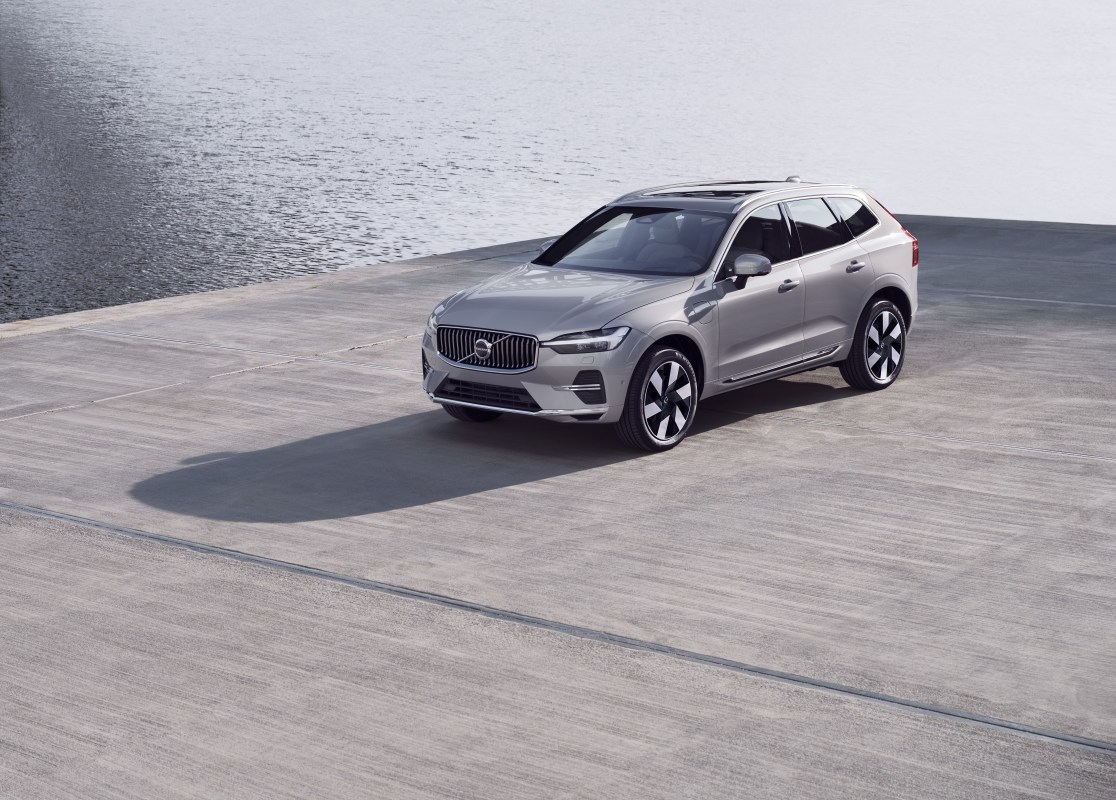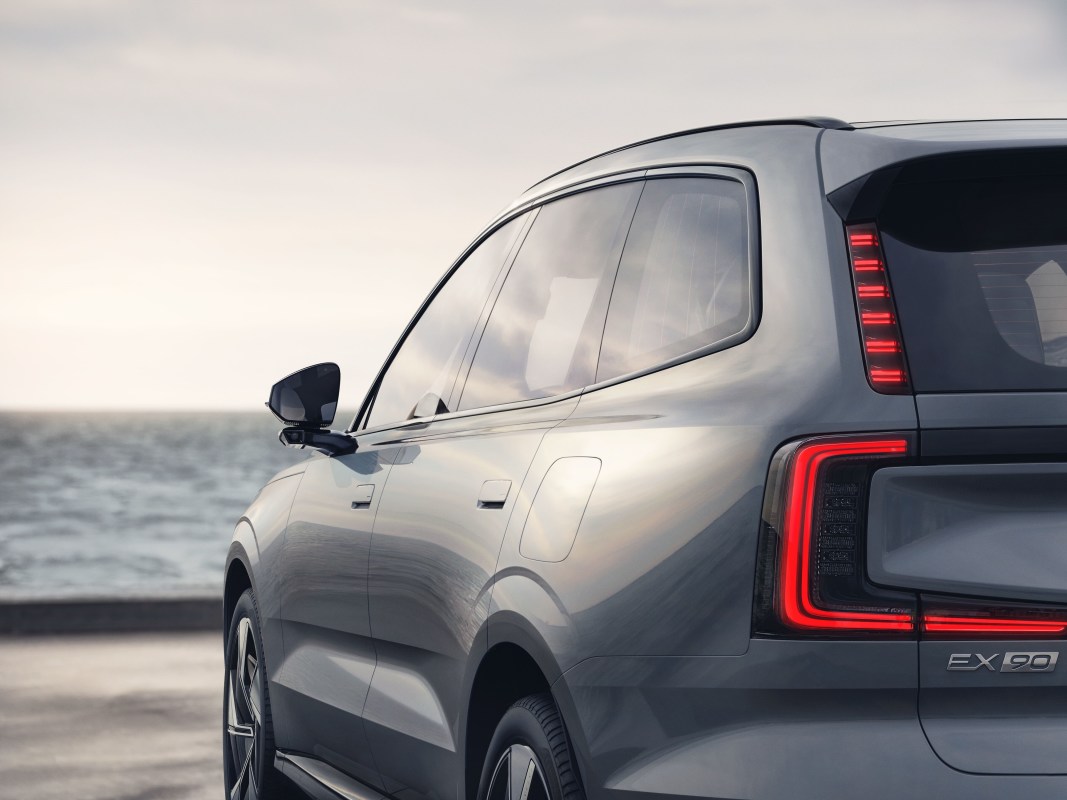Volvo Prices on the Rise

So, there’s some news coming from the world of Volvo that’s worth chatting about. It seems like Volvo is joining the club of automakers who are ramping up their prices for the 2026 model lineup. We’re seeing increases hitting as high as $3,200 on some models. This isn’t the best news for everyone who’s been eyeing a new Volvo. And to add to it, the incentives that used to make these deals a bit sweeter are becoming rarer. It’s not being said outright, but these price hikes could be a reaction to the global economic fluctuations and other pressures faced by the car market today.
SUVs Leading the Pack

When it comes to the specific models taking the brunt of these increases, the popular SUVs seem to be at the forefront. The 2026 Volvo XC90 plug-in hybrid model is seeing one of the most significant jumps, going up by about $3,200. That means the XC90 T8 Core PHEV is moving from $73,000 to $76,200, excluding destination charges. It’s a 4.4% increase if you’re keeping tabs. Meanwhile, the Volvo XC60’s base model is also seeing a bump of $2,650, bringing the new price to $49,700.
Other models, like the V60, V90, and XC40, aren’t being spared either. They’re averaging a 4.2% price rise, translating to increases ranging from $1,800 to $3,200 depending on the model. It seems like the trusty Volvos everyone loves for their safety features and Scandinavian design are starting to stretch that budget a little more.
A Trend Across Automakers

The reality is, it’s not just Volvo feeling the pinch. Automakers worldwide are grappling with various economic and geopolitical pressures. Porsche recently upped the costs on their iconic 911s, and even Hyundai is hinting at future price jumps. Subaru and Ford are also adjusting their sales strategies in response to rising costs, with tariffs often cited as a contributing factor. In a market that’s continually shifting, these Volvo increases, while not yet astronomical, suggest a trend that could continue to tighten vehicle affordability.
Volvo’s situation is somewhat unique because unlike BMW or Mercedes, they don’t manufacture many vehicles stateside, and their sales figures are typically lower. All these changes might prompt potential buyers to seriously consider making a purchase sooner rather than later, before prices climb further.
Driving Dynamics
Getting behind the wheel of a Volvo is often described as a delightful experience, and these changes don’t detract from that. Volvos have always been renowned for offering a smooth, comfortable ride that doesn’t compromise on power or handling. Whether it’s navigating urban environments or cruising on the highway, the handling feels solid and responsive, adding to that sense of security Volvos are famed for.
If one were to compare it to other similar models from automakers like Audi or BMW, Volvos often provide a quieter cabin, which is a plus for long road trips or daily commutes. The engines offer respectable power output, with the XC90 PHEV, for instance, delivering a commendable mix of efficiency and horsepower.
Corvette ZR1X Unleashed
Smart Roadster Returns
Hellcat Theft Kansas
Lamborghini Mishap
Outlander Hood Woes